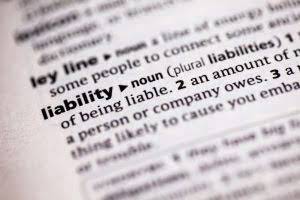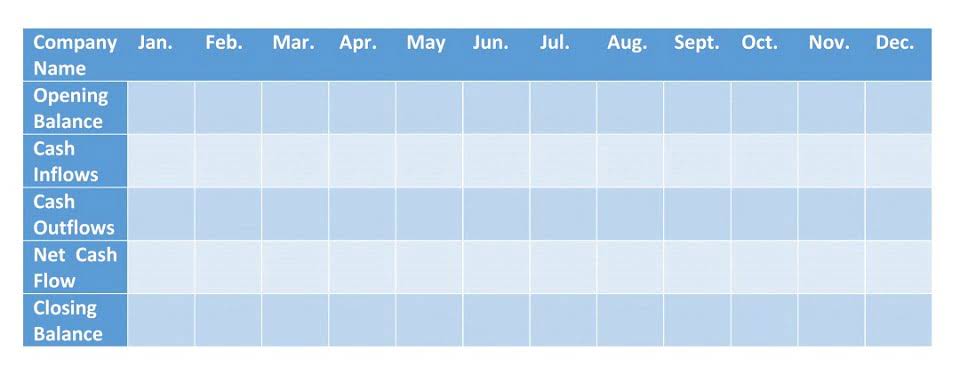
In 2007, Walmart faced legal issues over overtime pay errors, leading to a settlement with the U.S. More recently, Oakland spent nearly $1.7 million on unauthorized overtime due to a payroll how much is overtime system problem. To view the entire list of elaws Advisors please visit the elaws website. To learn more about the Labor Department�s efforts to promote and achieve compliance with labor standards in place to protect and enhance the welfare of the nation’s workforce, visit the Wage and Hour Division website.
Effective Hourly Rate:

While Suspense Account the overtime premium formula (1.5× regular rate) is simple, errors often arise from using an incorrectly calculated regular rate as the input. This prevents mistakes like paying only 0.5× the regular rate when the full 1.5× is required, or incorrectly calculating the base for the premium. These employees are covered by the FLSA’s minimum wage and overtime provisions.
In total

In addition to the federal regulations set by the FLSA, many states have their own overtime laws that provide additional protections for employees. Be sure to correctly determine the exempt status of their employees to ensure compliance with overtime regulations. Misclassification can result in legal consequences and potential financial liabilities for the employer.

Bottom line: Employers should understand how time and a half works
With Connecteam, ensuring that the hours worked and overtime calculated align with employee timesheets and job schedules is simplified. They are entitled to receive overtime compensation for hours worked beyond 40 in a workweek. A worker earns an hourly wage of $15 and works 45 hours in a week. Additionally, the employee must receive fixed salary payments regardless of the number of hours worked in a workweek.
- As a SaaS solution for workforce management, Shiftbase helps you seamlessly manage employee scheduling, time tracking, and absence management.
- An employee works 10 hours at $10/hour and 40 hours at $20/hour in the same week (50 total hours).
- Nonexempt employees are eligible for overtime pay and are typically hourly workers—but salaried employees may also be nonexempt if they do not meet all of the exemption requirements.
- All hours worked, even if not explicitly authorized or performed outside of scheduled hours, must be counted towards overtime if the employer knows or has reason to believe the employee is working.
- To calculate overtime pay, determine the employee’s regular rate of pay by dividing their total pay for the workweek by the total number of hours worked.
This is calculated by dividing the total pay for employment (except for the statutory exclusions noted above) in any workweek by the total number of hours actually worked. In most cases, overtime pay is only applied when an employee works more than 40 hours in a workweek. However, there may be state-specific laws or collective bargaining agreements that require overtime calculations on a daily basis. Dealing with overtime pay calculations can be an intricate process, especially when it involves a diverse workforce with varying hours and rates. As a SaaS solution for workforce management, Shiftbase helps you seamlessly manage employee scheduling, time tracking, and absence management.
How to Calculate Overtime Pay for Salaried Employees
Expand the description in bookkeeping this row if you need to add up overtime hours and minutes. All hours worked, even if not explicitly authorized or performed outside of scheduled hours, must be counted towards overtime if the employer knows or has reason to believe the employee is working. Failing to compensate for such “off-the-clock” work is a common violation. Failing to compensate for such \”off-the-clock\” work is a common violation. Let’s imagine that Sarah, who is an hourly employee and earns $15 per hour, has worked 50 hours this week.

For example, for an employee with a regular pay rate of $25 an hour, their overtime pay rate is $37.50 an hour ($25 x 1.5). Even if you pay an employee a salary, you might owe them overtime wages. Learn how to calculate overtime pay for salaried employees correctly. Next, you must divide the day rate or piece rate earnings by the total number of hours worked (productive and nonproductive) in the week to determine their regular hourly pay rate.